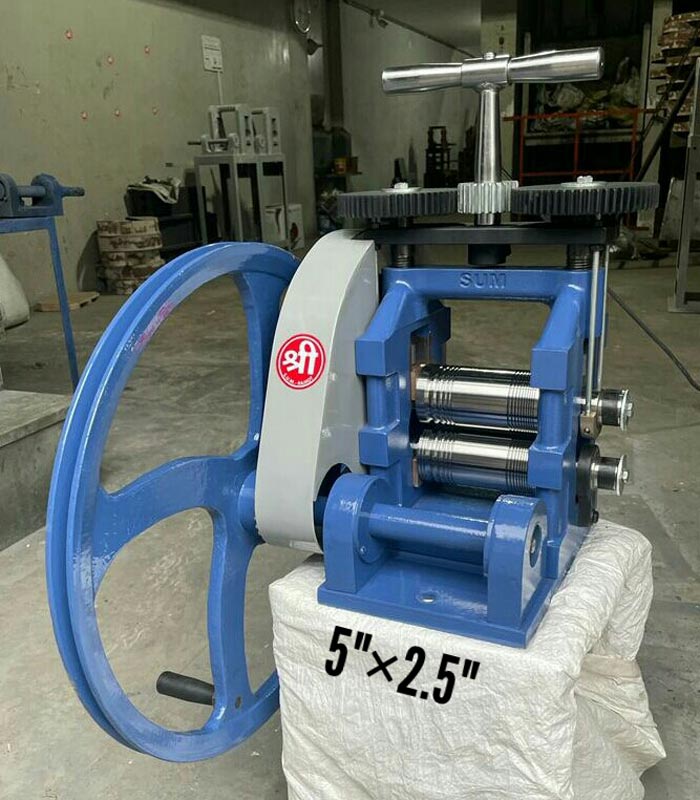A rolling mill is a crucial piece of equipment in metalworking and manufacturing, playing a significant role in shaping and refining materials. To ensure optimal performance and longevity, regular maintenance is essential. Proper upkeep not only enhances efficiency but also prevents unexpected breakdowns, reducing downtime and costly repairs. A well-maintained rolling mill ensures a smooth and consistent rolling process, leading to better product quality and increased productivity. Implementing a structured maintenance routine can significantly extend the life of the equipment while ensuring its safe and efficient operation. One of the most important aspects of maintenance is lubrication. Proper lubrication minimizes friction between moving parts, reducing wear and tear on essential components. It is necessary to use the right type and amount of lubricant, as excessive or insufficient lubrication can lead to operational inefficiencies. Regular checks should be performed to ensure that lubrication systems are functioning correctly and that oil levels are maintained.

Periodic cleaning of lubrication points and replacing old lubricants with fresh ones also contribute to smoother operation and reduced energy consumption. Keeping the rolling mill clean is another fundamental maintenance practice. Accumulation of dust, dirt, and metal particles can cause mechanical parts to wear out faster and lead to operational inefficiencies. Regular cleaning of rollers, gears, bearings, and drive components ensures that debris does not interfere with the smooth functioning of the mill. It is advisable to schedule routine inspections to identify and remove any buildup that may affect performance. Additionally, using protective covers for sensitive parts can prevent contamination and prolong the lifespan of critical components. Proper alignment of rollers and other key components is essential for achieving precision in metal shaping. Misalignment can lead to uneven pressure distribution, resulting in defects in the final product and increased stress on the machine.
Regular calibration and alignment checks help maintain accuracy and prevent excessive strain on bearings and other load-bearing parts. Advanced monitoring tools can be used to detect any deviations early, allowing for prompt adjustments. Ensuring proper alignment also helps in achieving uniform material thickness, reducing wastage and improving overall efficiency. Temperature control plays a vital role in the efficient functioning of a rolling mill. Excessive heat buildup can lead to thermal expansion, which affects the accuracy and consistency of rolling operations. Implementing an effective cooling system helps maintain stable operating temperatures and prevents overheating-related issues. Regular checks on cooling mechanisms such as water- or air-cooling systems ensure they function correctly. Additionally, monitoring temperature fluctuations and addressing any irregularities promptly can prevent long-term damage to critical components. Electrical and hydraulic systems also require consistent monitoring and maintenance.